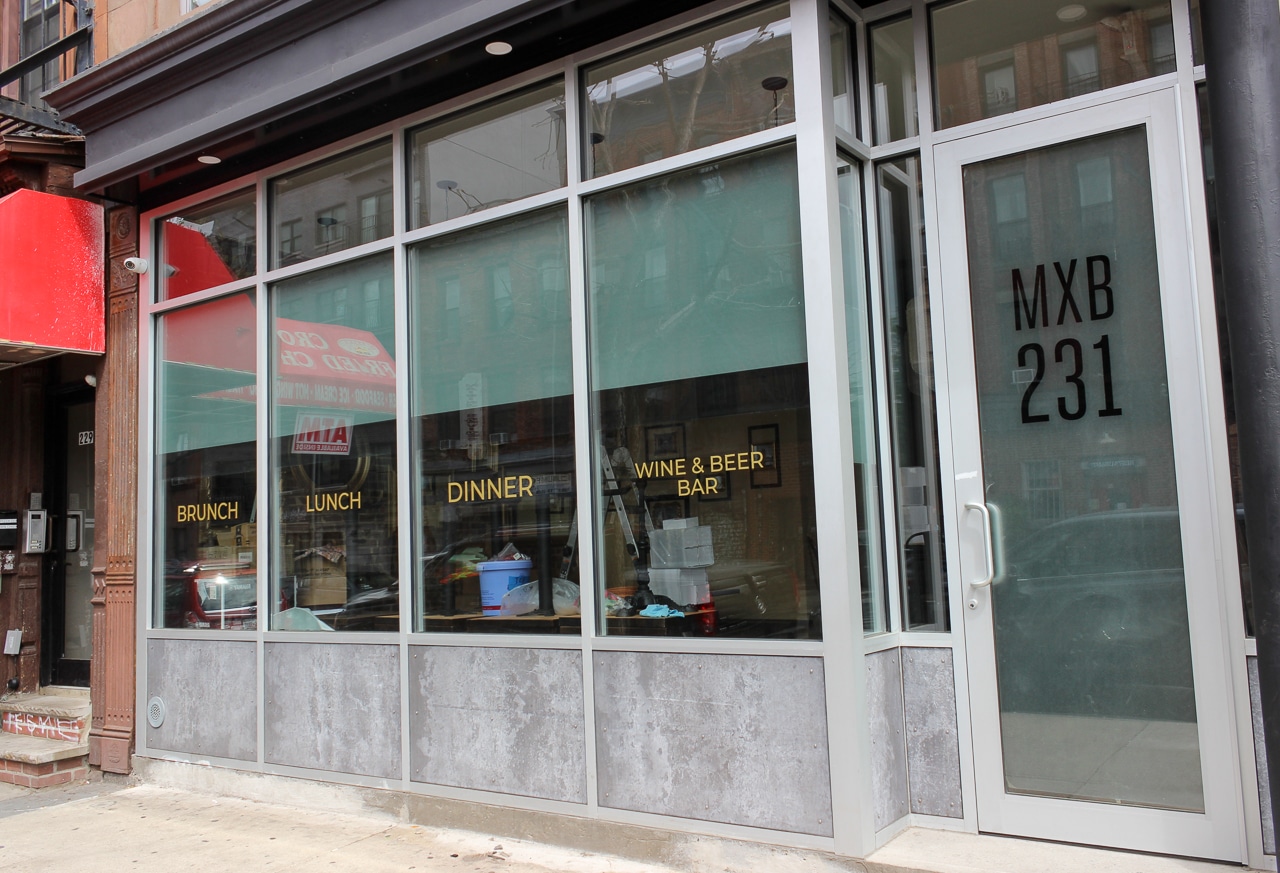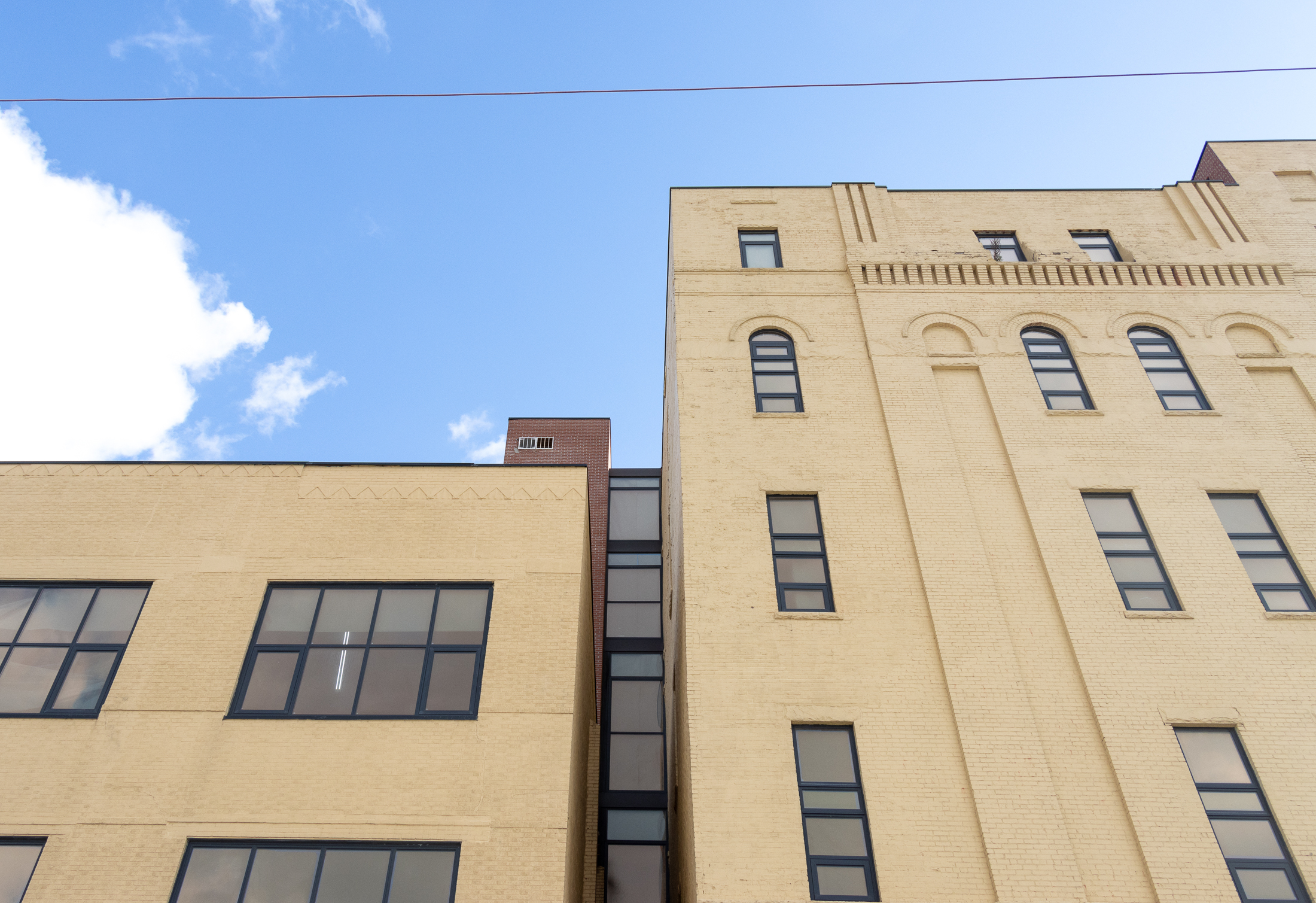An Obsession With Brooklyn's Wood Frame Houses
Blogger Elizabeth Finkelstein started The Wooden House Project to explore Brooklyn’s wood frame houses. She is a visiting professor at Pratt, and previously was Director of Preservation & Research at the Greenwich Village Society for Historic Preservation, a researcher at the Landmarks Preservation Commission, and Program Manager at openhousenewyork. Her three contributors have equally interesting backgrounds in historic…


Brownstoner: Why did you found The Wooden House Project?
Elizabeth Finkelstein: A few years ago, my husband and I were involved in the process of buying a wooden house in the South Slope. It was a tiny house and utterly charming — two bays wide, only two stories tall — and, as I found out shortly after seeing it, the oldest house on the block. That was my first time ever being in a wooden house here. And my first thought was — “wow! This does NOT feel like Brooklyn!” It felt like an urban cottage. But as I did more and more research, I realized that it actually was VERY Brooklyn — that entire neighborhoods here are made up primarily of wooden row houses. Not just the South Slope, but also Greenwood Heights, Greenpoint, parts of Williamsburg, Bushwick — the list goes on. People just don’t think of these houses when they think of Brooklyn, because the brownstone has become so iconic. I searched and searched, and I couldn’t find anyone writing about them. So I thought, well, I’ll just start the discussion.
BS: You recently told Brooklyn Based “there’s a restoration movement happening.” Could you tell us more about that?
EF: The neighborhoods that have the largest concentrations of wooden houses also happen to be some of the ones that people are moving to right now. Young couples just can’t afford a brownstone in Brooklyn Heights anymore. They are moving to Greenwood Heights, to Bushwick, and discovering these homes. They want to restore them. My hunch is that in 15 years, these neighborhoods will look very different.
After the jump, what it takes to restore a wood frame house…
BS: What is involved in restoring a wood-frame house facade?
EF: We get a lot of questions from readers about restoring the exterior of their house. Mostly, they want to know what’s underneath the siding. The great thing about siding is that usually it didn’t replace the clapboard, but instead was placed right on top. Some houses have layers and layers of siding that actually, over time, preserved the wood underneath. As for expense, well — maintaining a clapboard facade isn’t cheap, though if done right you can lessen the expense of maintenance. (Joanne Tall, architect of Keramos Hall, told me that if you’re stripping and restoring original wood, take it offsite and repaint it indoors before exposing it to the sun. This will allow the paint to better adhere and give it a longer lifespan.) A lot of people these days are using a substitute such as HardiePlank on the secondary facades and reserving the clapboard for the front. You really can’t replicate the authentic look and texture of clapboard, so if you can afford it, do it. But it is an expense. Some people are leaving the vinyl and doing fun and creative things with paint. Others just love vinyl and what it says about the history of their house. I think that’s great. I love to see people really enjoying their houses, no matter what their budget happens to be. Home ownership and restoration in Brooklyn should not be a right reserved only for people with a lot of money. Wooden houses can be fun, colorful, and interesting. I say, go crazy with the gingerbread! But above all, love your house.
BS: We’ve noticed there seems to be a prejudice in Brooklyn against wood frame houses — that they aren’t as valuable or they have more structural problems than brick or brownstones. (Where we are from, it’s the opposite, because wood frames are better able to withstand earthquakes.) What’s your take?
EF: I think you’re right about this. Though actually, this prejudice is not new! Wooden houses got blamed for a lot in the 19th century, and eventually their construction was outlawed in many of the denser sections (including what we think of today as “Brownstone Brooklyn”). Remember that heavy industry was very present in 19th century Brooklyn. So was fire — for candlelight, for keeping warm — for a lot of things. Nineteenth-century Brooklyn presented a wooden house with ample opportunities to catch on fire. Today this is less of an issue, but the majority of these houses are found in what were historically working-class neighborhoods. These neighborhoods got hit hard with the vinyl, aluminum and asphalt siding wave that swept through Brooklyn in the mid-20th century. Today, they simply don’t look as beautiful as brownstones, at least in the conventional sense. Inside, they tend to be simpler — not as opulent as a typical brownstone, though still beautiful. What makes these houses very precious is the fact that they can no longer legally be constructed. Once they’re gone, they’re gone. I work hard to keep the Wooden House Project 100 percent celebratory. These houses deserve to be noticed and appreciated.
BS: Do you own a wood-frame house yourself?
EF: Actually, the house we tried to buy fell through. But I’m ok with that, because the experience gave me much more than just a house. It gave me a whole movement! I owe a lot to that little house for opening my eyes to an entire world in Brooklyn that I had never really appreciated before.
Photo by The Wooden House Project









What's Your Take? Leave a Comment